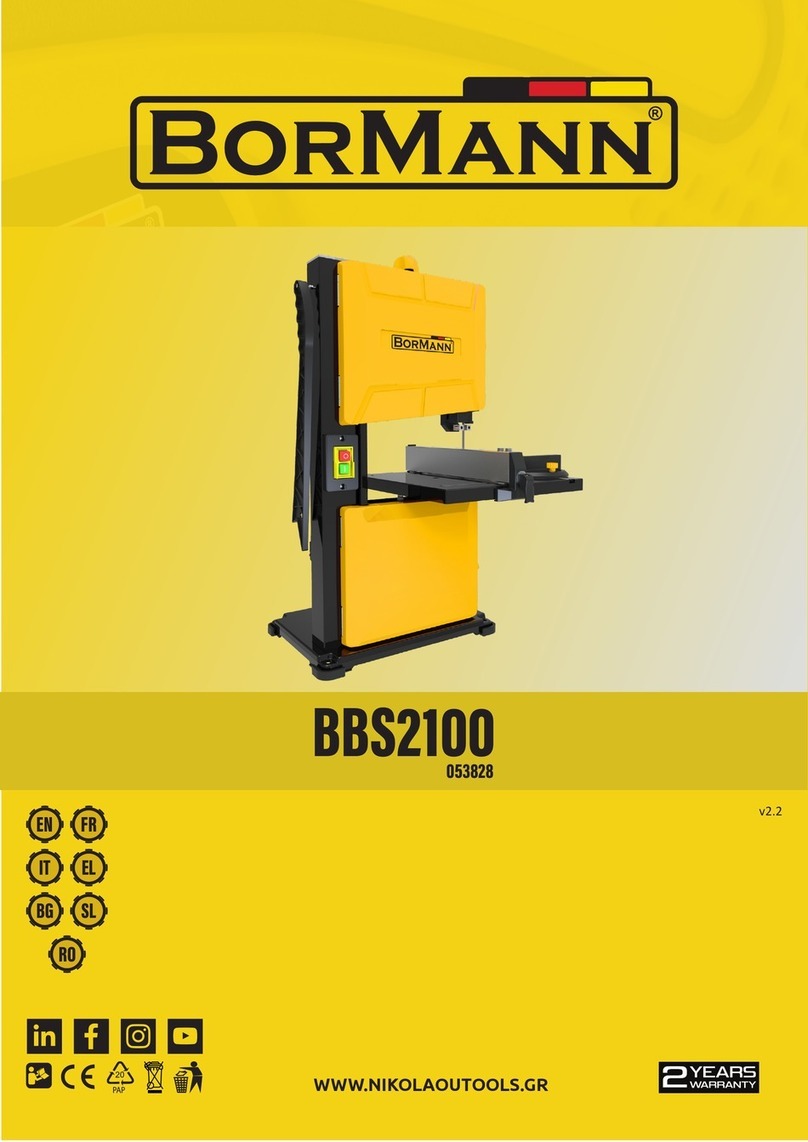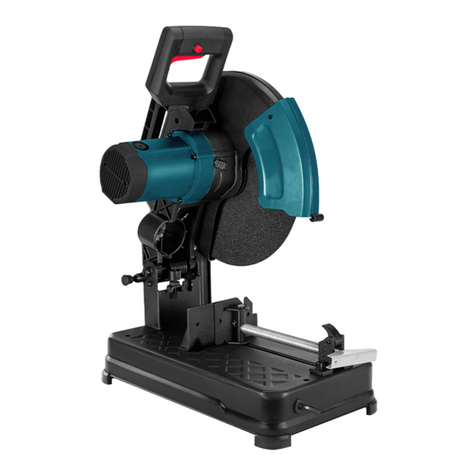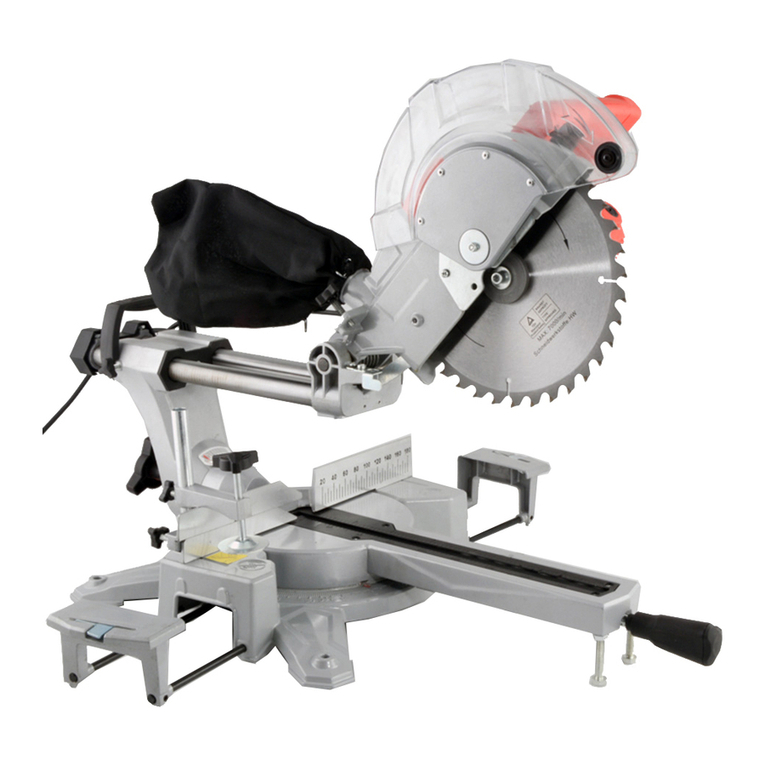BorMann PRO BFS1800 User manual
Other BorMann Saw manuals
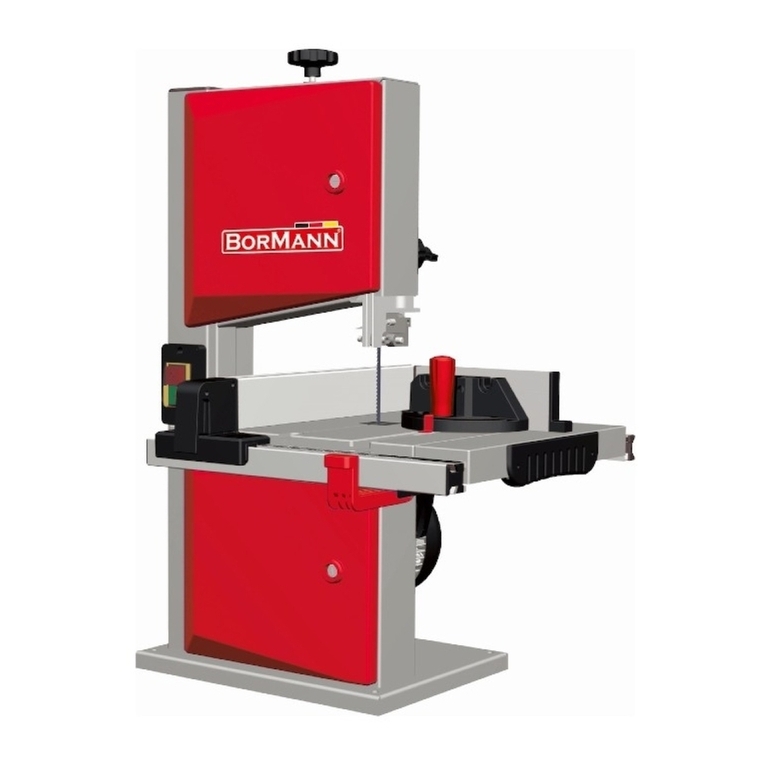
BorMann
BorMann Technik BBS2000 User manual

BorMann
BorMann 019183 User manual

BorMann
BorMann Pro BDX3200 User manual

BorMann
BorMann PRO BTC5010 User manual

BorMann
BorMann PRO BTC3500 User manual
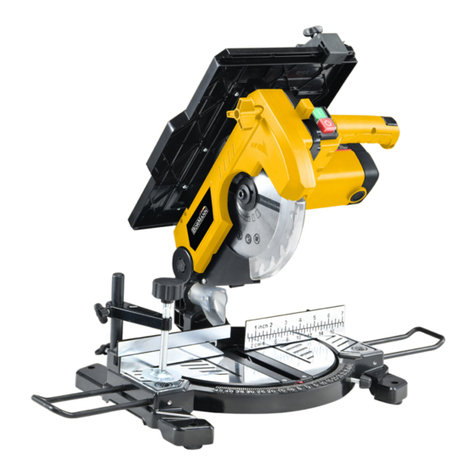
BorMann
BorMann SERVICE User manual
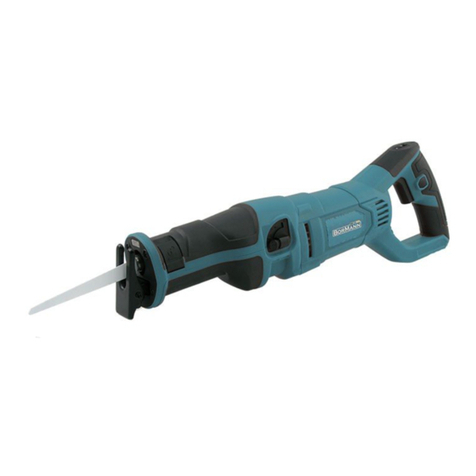
BorMann
BorMann PRO BRS2000 User manual

BorMann
BorMann BBP3830 User manual
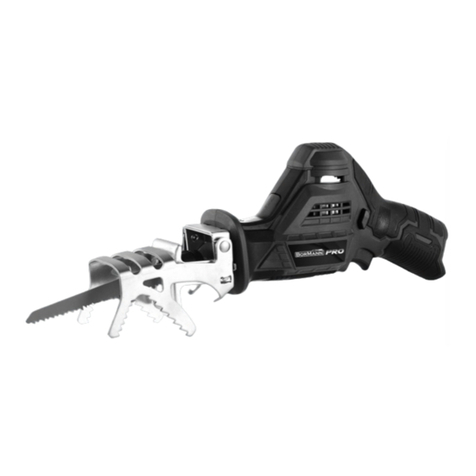
BorMann
BorMann BBP2400 User manual

BorMann
BorMann BCS1600 User manual

BorMann
BorMann Lite Series User manual

BorMann
BorMann BDX2130 User manual

BorMann
BorMann PRO BBP3980 User manual
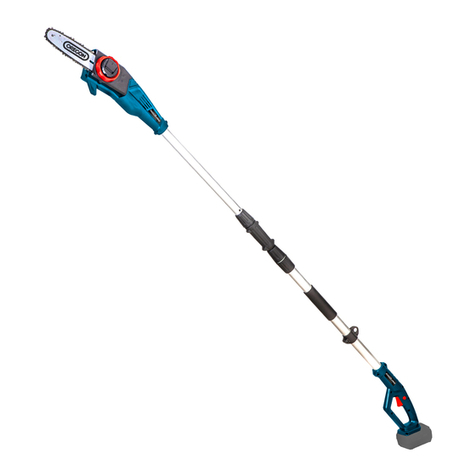
BorMann
BorMann BBP4200 User manual
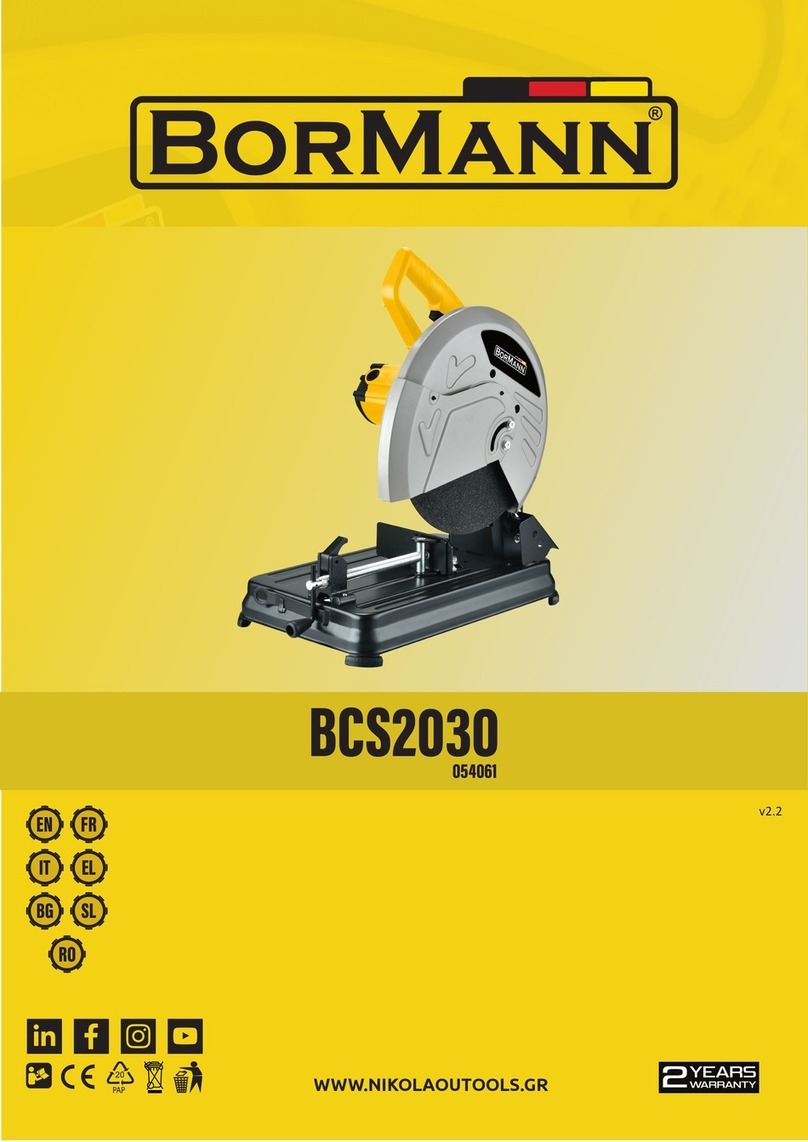
BorMann
BorMann BCS2030 User manual
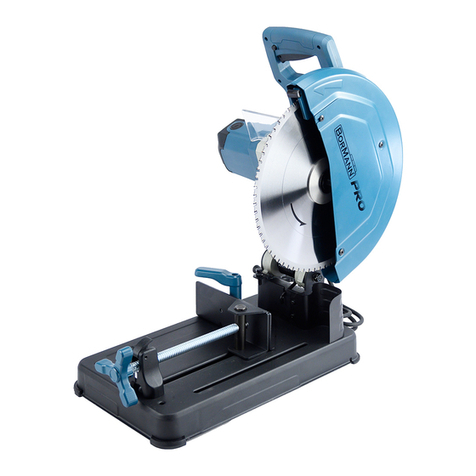
BorMann
BorMann PRO BCS3000 User manual

BorMann
BorMann PRO BMF5000 User manual

BorMann
BorMann PRO BFS1800 User manual

BorMann
BorMann PRO BDX3130 User manual
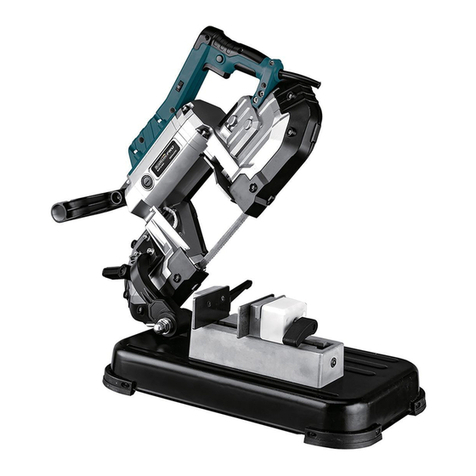
BorMann
BorMann PRO BBS4010 User manual
